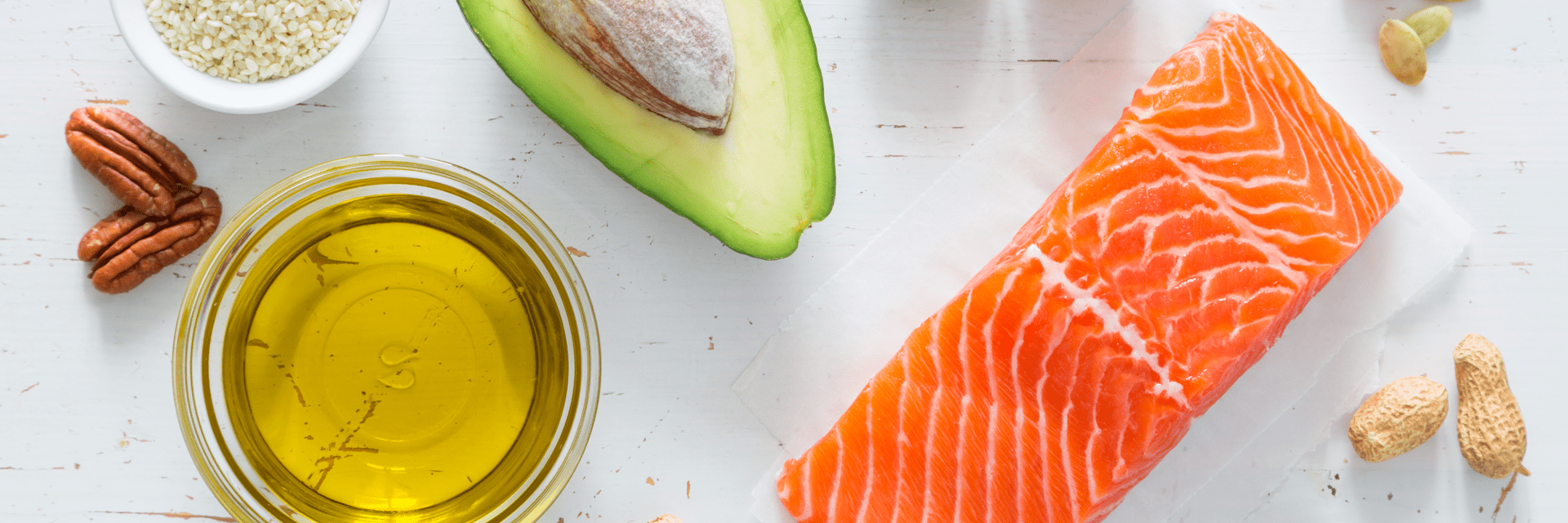What is a lipid, and what are lipids used for?
Lipids are fat-like substances found within the blood stream. There are several different types of lipids, but the most commonly known is cholesterol.
So, what are lipids for? This depends on the kind of lipid you’re talking about. Lipids have a wide variety of different uses in the body, including cell wall structure and fat storage. Needless to say, the body needs a certain amount of them in order to function.
That said, we also need to check our lipids sometimes. The types of lipid that we need to be especially aware of are:
- LDL-cholesterol , also known as ‘bad’ cholesterol , transports cholesterol from the liver to be deposited in the blood vessels – so too much of it is a risk factor for heart disease*.
- HDL-cholesterol , also known as ‘good’ cholesterol, as it helps to transport cholesterol from the blood vessels to the liver to be disposed of safely.
- Triglycerides , i.e. fats which enter the body from our food. These are a form of energy storage for burning later.
Why do we need to test for lipids?
A healthcare professional may test for lipids if they want to monitor the cholesterol and triglycerides levels in the blood, usually as part of an overall review of your heart health.
If your levels are elevated, they will give you advice to help you bring them back down to the recommended range. Here, ProActiv products can help by lowering LDL-cholesterol – check out our cholesterol lowering starter kit for information and advice.
How are lipids measured?
The test for lipids is usually called a blood lipid panel test or a lipid profile, and often involves fasting the night before. All it takes is a small sample of blood.
The blood test will determine:
- Total cholesterol
- The amount of LDL-cholesterol
- The amount of HDL-cholesterol
It may also (but not always) look at:
- Ratios of total/HDL/LDL cholesterol
- The amount of triglycerides
What are lipid levels supposed to be?
According to cholesterol charity Heart UK, these are the numbers that your doctor could be looking for in lipid test results:
- Total cholesterol = 5mmol/L or less
- HDL-cholesterol = 1mmol/L or more
- LDL-cholesterol = 3mmol/L or less
And, depending on the details of your test, potentially:
- Non-HDL-cholesterol = 4mmol/L or less
- Fasting triglycerides = 2mmol/L or less
- Non-fasting triglycerides = less than 4mmol/L
That said, if you’re considered to be at high risk for heart disease, the recommended limits for lipids may be different, so it’s important to discuss your results with a healthcare professional.
How to help care for your heart after a test for lipids
No matter what the results of a test for lipids are, having a healthy diet and lifestyle overall is important for heart health:
Get a balanced diet, with plenty of fibre, fruit, and vegetables.
Keep active, with at least 30 minutes of exercise five days a week.
Maintain a healthy weight.
If your test for lipids revealed elevated cholesterol levels, there are also a few simple dietary changes you can make to help to lower LDL-cholesterol:
- Swapping saturated fats for unsaturated fats in your diet **.
- Eating food containing plant sterols***, such as ProActiv spreads.
- Eating foods containing oat beta glucan****.
If your LDL-cholesterol levels are elevated, you should always ask a healthcare professional for more information about what your next steps should be, as they can give you further advice based on your medical history. For now, you can find out more about how to keep cholesterol at the recommended level with our online guide, or take the ProActiv 21 day challenge for more practical tips on eating healthily and staying active.
*High cholesterol is a risk factor in the development of coronary heart disease. As coronary heart disease has many risk factors, more than one may need to be improved to reduce overall risk. Individual results may vary.**Replacing saturated fats with unsaturated fats in the diet has been shown to lower blood cholesterol.
****Beta-glucan has been shown to lower blood cholesterol. High cholesterol is a risk factor in the development of coronary heart disease. There are many risk factors for coronary heart disease, and it is important to take care of all of them to reduce the overall risk of it.

